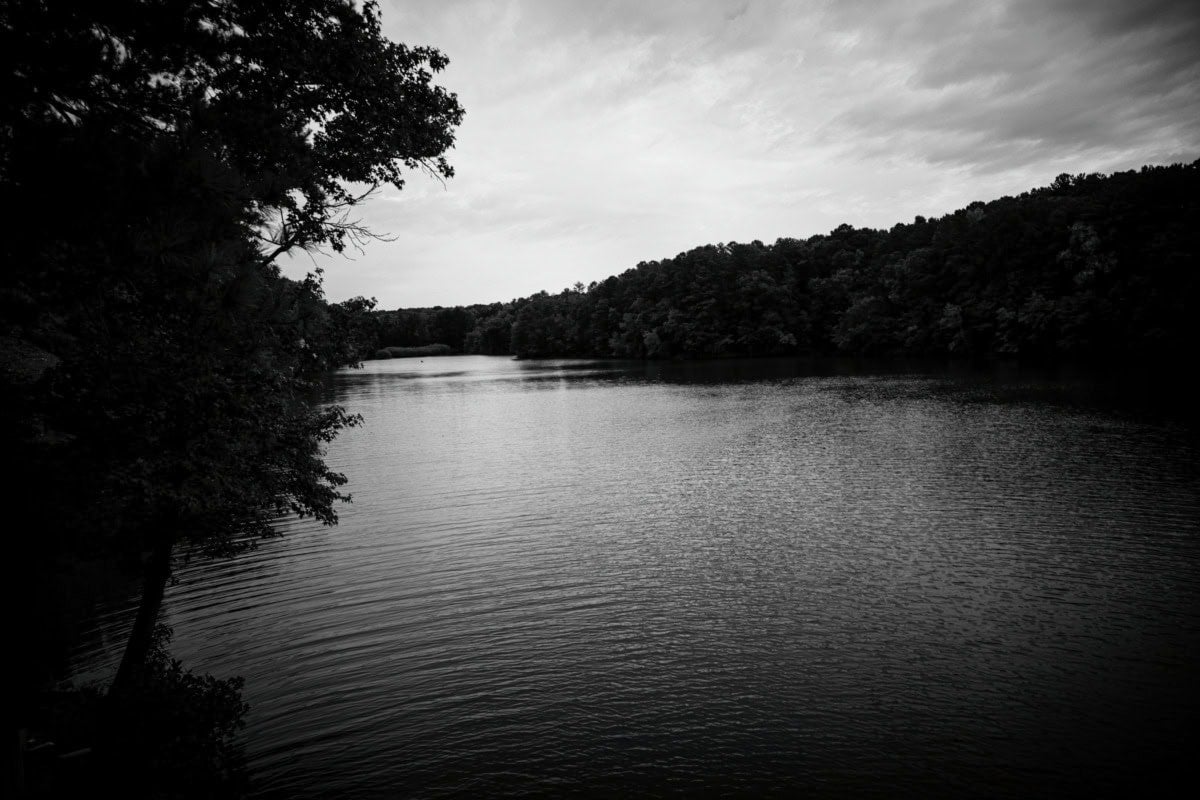
A large murky, black-and-white image of a locked gate to a waste containment site in Louisiana by Richard Misrach opens Picturing the South: 25 Years, on view through February 6, 2022 at the High Museum of Art. Celebrating the anniversary of the commission-based series, the ongoing project has yielded about 300 photographs by 16 artists to date.
Monumental in scale, Misrach’s photograph, Hazardous Waste Containment Site, Dow Chemical Corporation, Mississippi River, Plaquemine, Louisiana, suggests the impenetrability of a bounded space. It centers a locked, chain link fence in a misty landscape flooded with shallow water. The water creates a specular surface, reflecting the fence and surrounding trees in a perfect reflection. The miasmatic scene ominously alludes to the effect that humans have on the environment. As an introduction to the Picturing the South, it calls to mind the constraints of such a project whose aim is to reveal the region: the tension of natural and cultural borders, the relationship of photographer—often an outsider—to their subject, and even the cryptic nature of photographs themselves. It’s a smart opening to an exhibition that is, in some ways, is set up to fail. The title begs, for me at least, the inevitable question: Can you really picture the South?
To its credit, Picturing the South evades a monolithic view or definition of the South that would ultimately delimit it. That said, there are holes, occasional moments of stereotype, and the large exhibition is a bit meandering and hard-to-absorb—just like the South, I guess.
Curator Gregory Harris creates understated but successful dialogues between disparate bodies of works, weaving over 200 photographs together a non-chronological order, grouping work in sections dedicated to individual artists. One of the exhibition’s strengths is the peculiarity of each photographer’s take on the South. Take, for example, Emmet Gowin’s 2001 investigation of Southern paper mills or Mark Steinmetz’s 2015 focus on Atlanta’s Hartsfield-Jackson Airport. They appear early in the exhibition, and both succeed in narrowing their subject to a degree that allows for great depth of focus. But such focus of vision also brings about oversights. There’s need for greater representation of the South’s queer population, most notably pictured here in warm and candid photographs of Atlanta’s 2010 Pride March by Martin Parr. Geography is uneven, too. About midway through, a map of orients viewers to the locales photographed throughout the project’s past quarter century. Predictably, the High’s hometown, Atlanta, is a cluster of activity. Miami is the only city photographed in Florida, arguably the South’s weirdest state, and the lush states of Virginia and West Virginia are not represented.
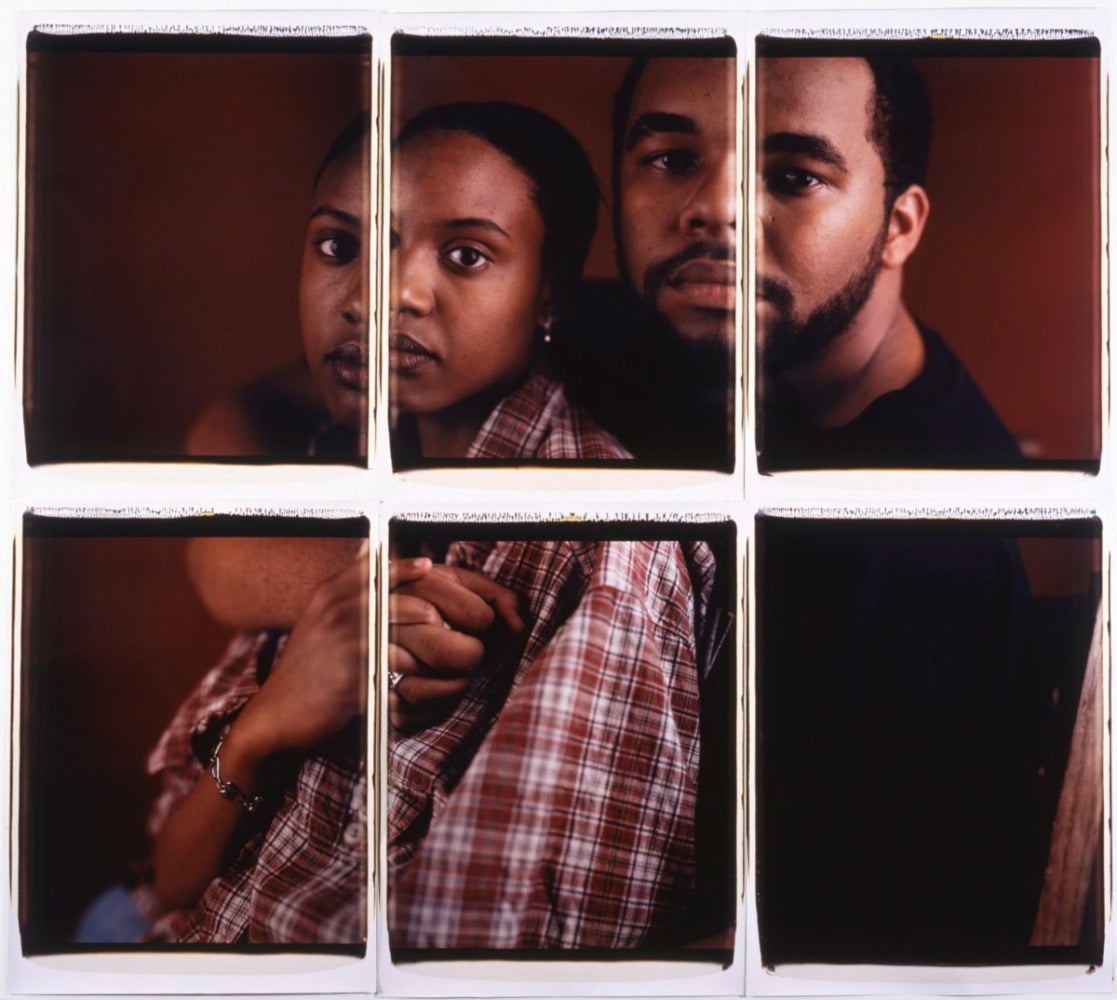
Dawoud Bey (American, born 1953), Nicole and Keith, 1996, dye diffusion transfer print, High Museum of Art, Atlanta, commissioned with funds from the H.B. and Doris Massey Charitable Trust and Lucinda W. Bunnen, 1996.119 a-f. © Dawoud Bey.
The retrospective makes clear that the High’s 25-year project has become a part of recent photographic history. Since its inception in 1996, Picturing the South has corresponded to watershed moments for some of its artists. The inaugural commissions included both Sally Mann and Dawoud Bey as they embarked on new chapters of their careers. Mann pivoted from the subject that brought her early notoriety and critique– Immediate Family—to experimental depictions of the landscape using alternative, historical processes. Bey, who had participated in prior residencies in which he worked from a museum space, moved his practice closer to his subjects, setting up a studio in an Atlanta high school that engendered greater conversation and collaboration.
A couple of years later, Oakland-based Richard Misrach, who had rarely worked outside of the American West, began a decade-long project in which he documented the devastated landscape and architecture in Louisiana’s “Cancer Alley”—a stretch along the Mississippi River known for high rates of disease, especially among its Black population, due to the number of petrochemical plants. One of these large-scale photographs, taken in the late 1990s, opens the anniversary show. From 2004 to 2007, Alec Soth moved from photographing rural America to a new body of work: Black Line of Woods, named after a short story by Flannery O’Connor, which chronicled people living on the fringes of mainstream culture in the north Georgia mountains and in North Carolina. These strange, often melancholic images became the basis for a book co-written with Lester B. Morrison Lester—part documentary, part instruction guide—Broken Manual.
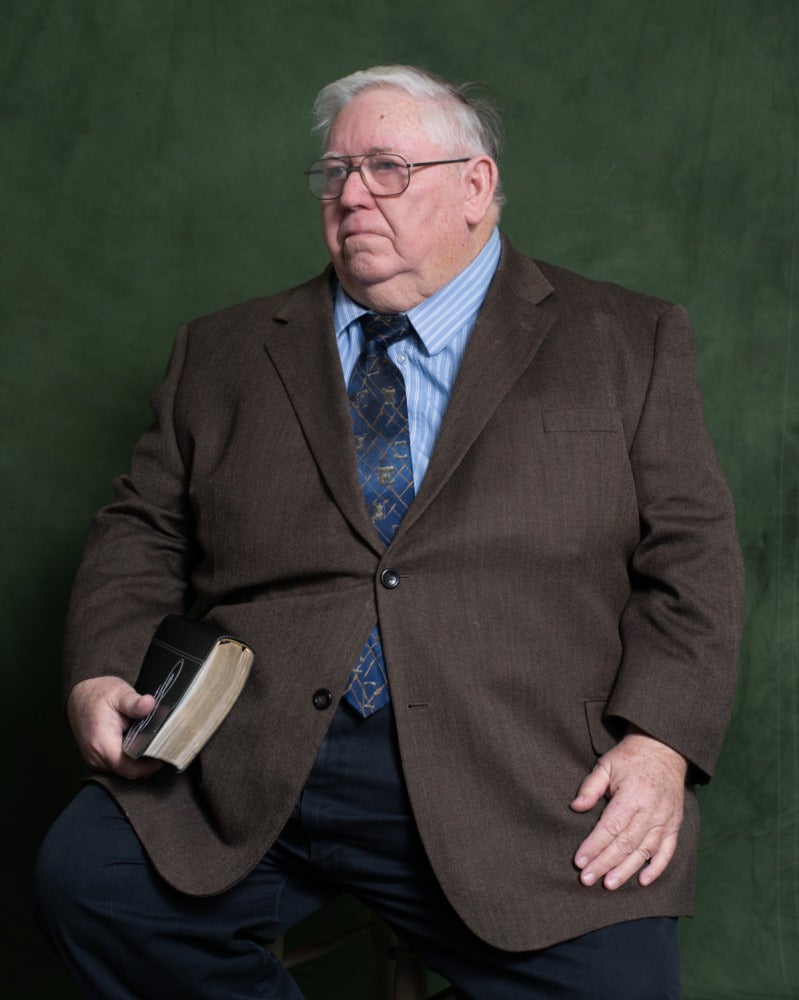
Three new commissions bring new perspectives into the mix. An-My Lê, Jim Goldberg, and Sheila Pree Bright contribute work shaped by both recent civil unrest and the pandemic. And in both their work and that of their predecessors two big themes emerge: the South’s history—particularly slavery and systemic, ongoing racial inequity—and the entanglement of humans and the natural environment.
Bright is the first Atlanta-based photographer to date, but she is both an insider and outsider to the South. She was born Waycross, Georgia, in the late sixties to a military family, but she grew up in Germany, Colorado, and Kansas. Her early experiences exposed her to a world bigger than her parents’ hometown. Bright recalls a trip during her years in Germany when she was six years old where local children used an ugly racial slur that created a lasting trauma. “I didn’t understand it as a child,” she explained as she recalled the event to me in a recent conversation. “It hurt me so bad that I did not want to be Black.”
Bright returned to the South after her aunt died. At the time she was a self-taught photographer, but she earned a spot at Georgia State University’s photo grad program in Atlanta. Her early photography explored the hip hop scene in Houston, and prior to her work for Picturing the South, Bright spent seven years chronicling the Black Lives Matter movement across the U.S. for her project #1960NOW, which connects recent protest culture to the sixties civil rights movement. She brings, in her words, “psychological trauma into the twenty-first century.” This pain overflows into Invisible Empire–black and white images of Stone Mountain– her contribution to the exhibition .
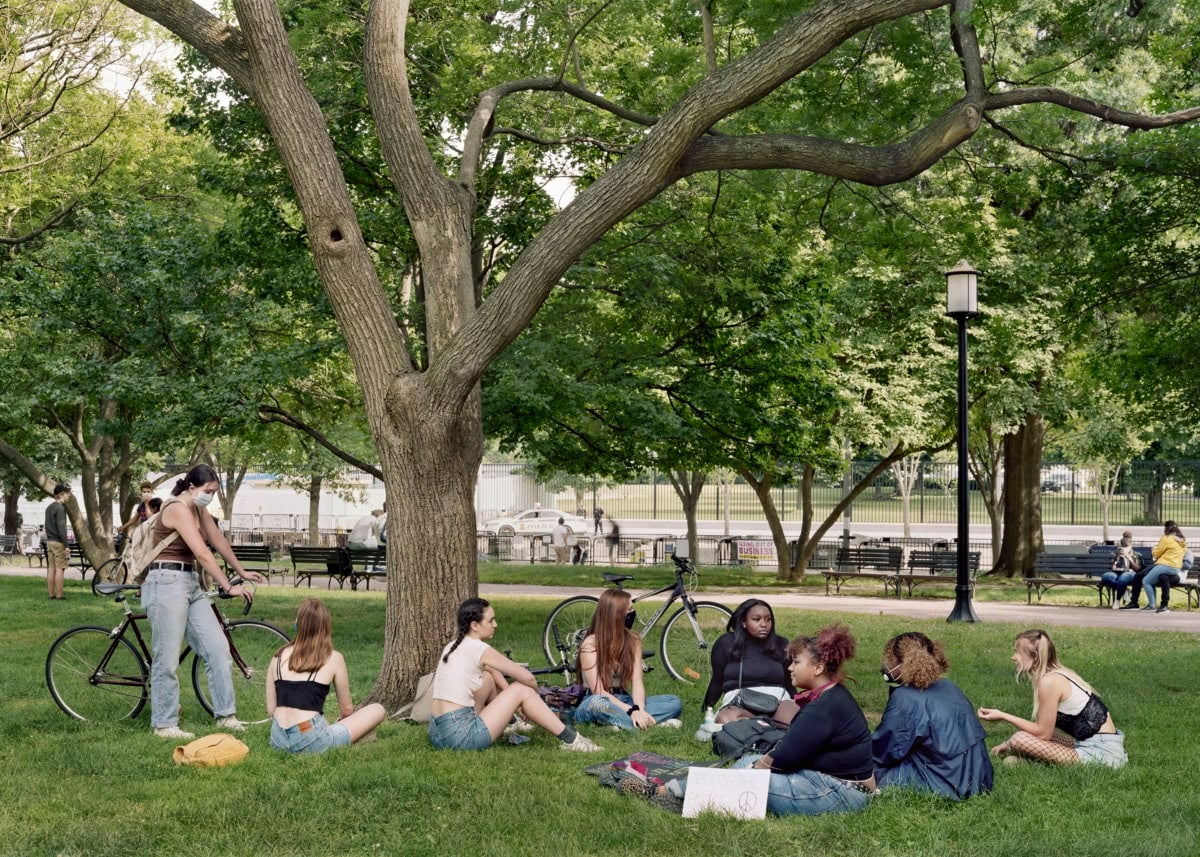
Invisible Empire comes early in the gallery. The series hangs just after a selection of Sally Mann’s Motherland—a smart curatorial move that aptly connects the inaugural landscapes of Picturing the South to the most recent. Mann’s shift from portraits to hazy images of landmarks around Savannah, Georgia, call on the South’s brutal past, or as she puts it, “history’s beautiful lie.” In many ways, Bright’s shift in focus echoes Mann’s: she took on the landscape as subject after years of primarily photographing humans. Bright’s work becomes quieter and more evocative as her gaze shifts from people to the effect they have on the natural world and the effects of white supremacy. Invisible Empire records both the beauty of Stone Mountain and its historical connections to the violence of the Klu Klux Klan. Appropriately, Bright’s title alludes to W. E. B. Du Bois’s essay “Georgia: Invisible Empire State,” in which he describes Georgia as both beautiful and strange.
On Thanksgiving Day in 1915, the KKK regrouped on the summit of Stone Mountain after being largely defunct since the 1870s. According to the Southern Poverty Law Center, the lynching of Leo Frank, a Jewish Atlantan, and the popularity of D.W. Griffith’s Birth of a Nation spurred the group into action again. Funds raised by the KKK later sponsored the infamous carving of three confederate leaders now scarring the granite that was begun in 1923 and finished in 1972.
Bright only turns her lens to the relief once, in the gelatin silver print, The Carving. She highlights small details that bring layers of meaning to the image. They’re easy to miss, but the dangling jack-o-lanterns conjure the history of Stone Mountain. The titular play on the word ‘carving’ suggests more than the act of creating the relief. It calls to mind both the innocuous carving of pumpkins and acts of visceral, awful violence—the lynched victims of white supremacy. Yet, for the most part, Bright focuses on land itself, capturing expanses of rippling water, old railroad paths winding into the woods, and the cloudy peak of Stone Mountain.
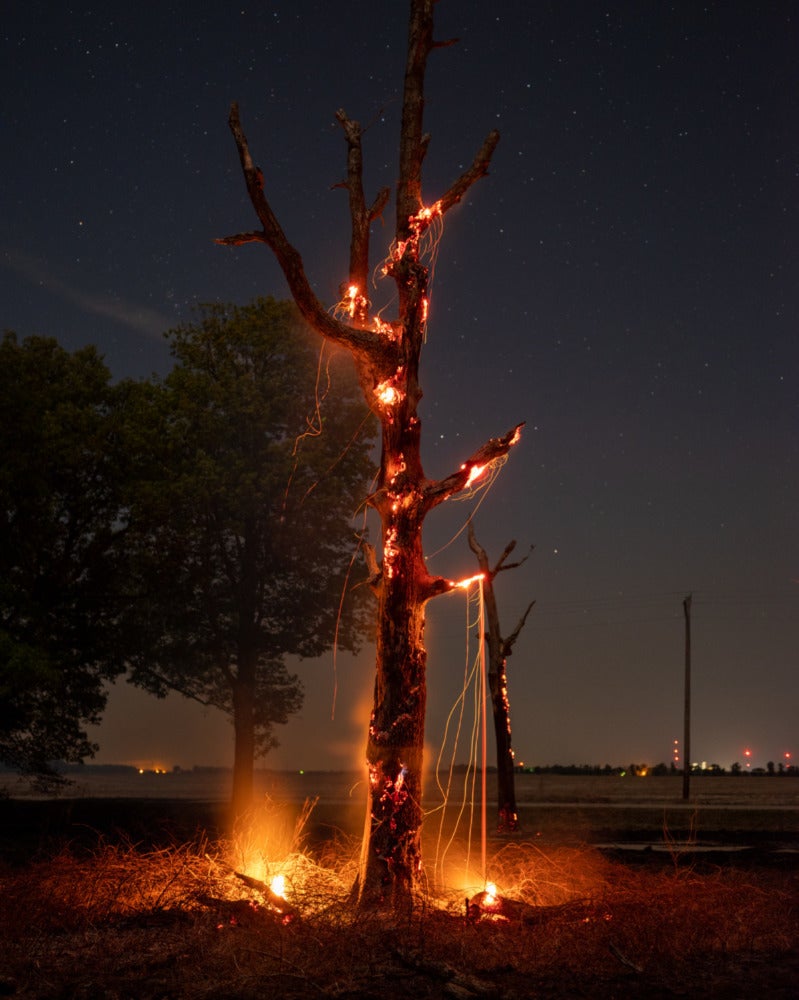
Situated across from Bey’s fragmented portraits of young Black teenagers of the nineties, Jim Goldberg’s photographs are tightly hung in two long rows. They meet in a corner and a handmade book stretches across the long ledge underneath. Goldberg’s series has a cinematic, Lynchian tone, tinged with Southern Gothic. Though they court cliches of the South, they manage to feel authentic due, in part, Goldberg’s eye for detail. Shot in bright color with a 4×5 camera, he highlights the strangeness of the mundane, especially the details of human-made environments: a slightly tilted picture hanging on a log cabin wall above an abandoned chess game in The Coca Cola Club, Outside McCrory, Arkansas. In another photograph, heavily curtained windows and empty rows of seats in County Courtroom, Augusta, Arkansas, have an anachronistic feel that suggests a place stuck in the pat. Look closely at the ramshackle treehouse in Hangout, Wynne, Arkansas, and see a hand grasping its edge from inside.
One of the most prominent themes of Picturing the South appears in Goldberg’s Whirlpool: the entanglement of humans and nature. While it appears murky and condensed in the narrow view in View from a Duck Blind, White River, Augusta, Arkansas, verdant flora flourishes as it reclaims the site of a former plantation in Condemned Plantation House Built Above a Hidden Slave Tunnel, Augusta, Arkansas. The most beautiful and alarming is a smoldering tree that glows bright in Controlled Burn, Wynne, Arkansas. Though markedly different in style, Goldberg’s vivid photographs resonate most with Bright’s quieter views of Stone Mountain in these images that foreground the natural world.
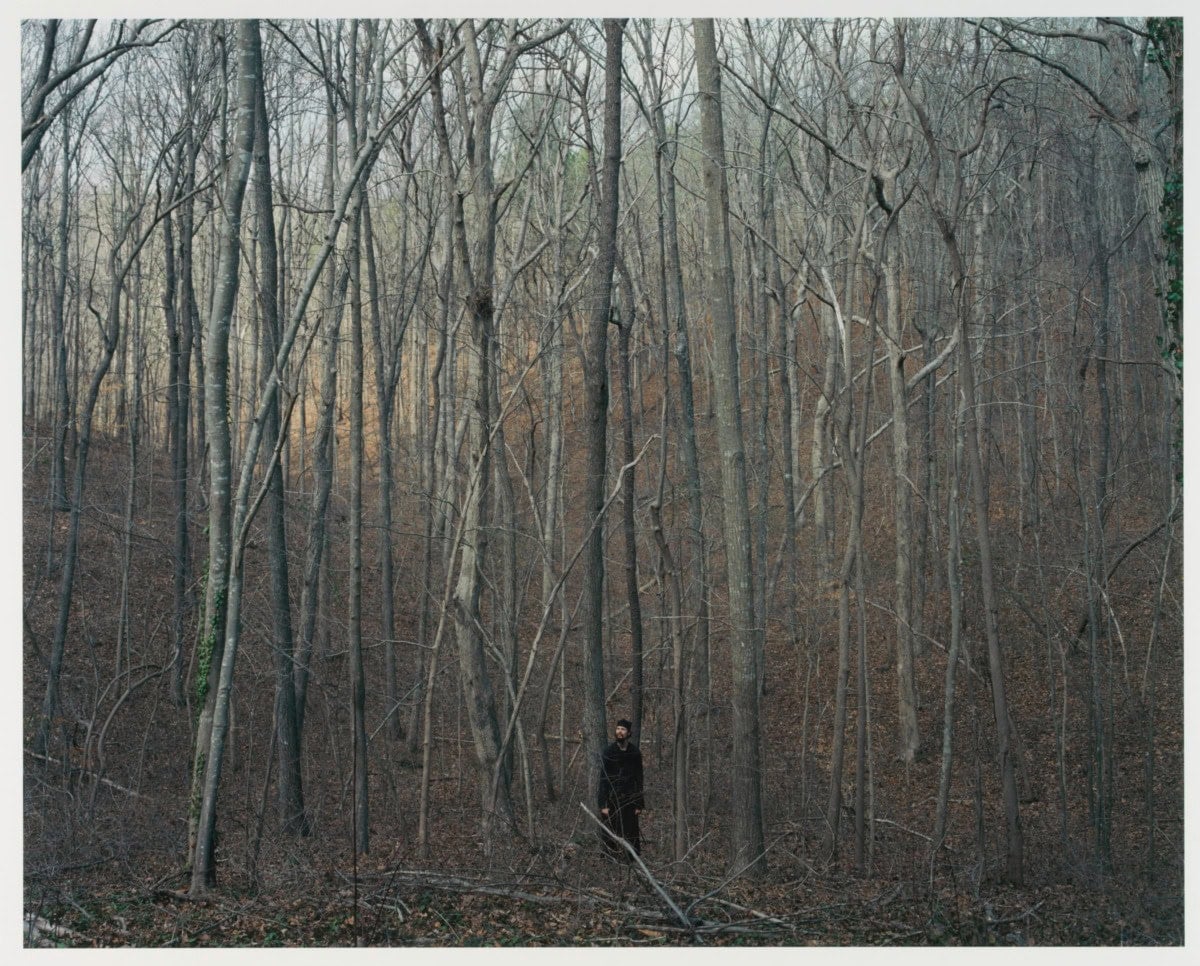
While there’s a heavy-handed enigma to Goldberg’s contributions to Picturing the South, An-My Lê brings a careful, matter-of-fact eye to her large-scale photographs of protest culture at the height of the pandemic. Yet, like Bright and Goldberg, the interaction of people and landscape is a crucial theme. Indeed, she’s photographed in the South before, and is struck by the fact that “so much of the unfolding of life happens outdoors,” a fact no doubt amplified by the constraints of COVID-19. Lê is the most attentive to the subtle effects of the illness (masks, for example, are notably absent in Bright and Goldberg’s contemporaneous work).
Lê moved to the U.S. after her family fled Viet Nam in 1975. She describes being struck by academic recording of the American Civil War in school, and her contribution to the Picturing the South pushes against such flattening of history. While textbooks and monuments simplify the past, Lê’s photographs show marginal moments and oft-overlooked spaces that, for her, are as significant as a more spectacular event. Lê avoids expected images of protesters in action. She suggests civil unrest through other means, such as the scrawled writing on board blocking the door of St. John’s Episcopal Church in Washington D.C. taken in 2020: “All lives cannot and will not matter until Black Lives Matter.” A lone man reclines on the church steps while two others talk, a mask pulled under one man’s chin. The scene is otherwise quiet.
The Silent General acts as a closing chapter for Picturing the South: 25 Years. The graffitied door of St. John’s Episcopal Church echoes the exhibition’s opening image of a barricaded hazardous waste containment site. While Misrach’s photograph suggests the harmful effects of humans on the natural world, the writing on the door emblematizes the upheaval and energy of the 2020 protests. An upraised fist drawn above the words “Power to People” offers some hope for a better future—even it remains as elusive as the grisaille of Misrach’s foreboding landscape.
Picturing the South is on view at the High Museum of Art through February 6, 2022.




